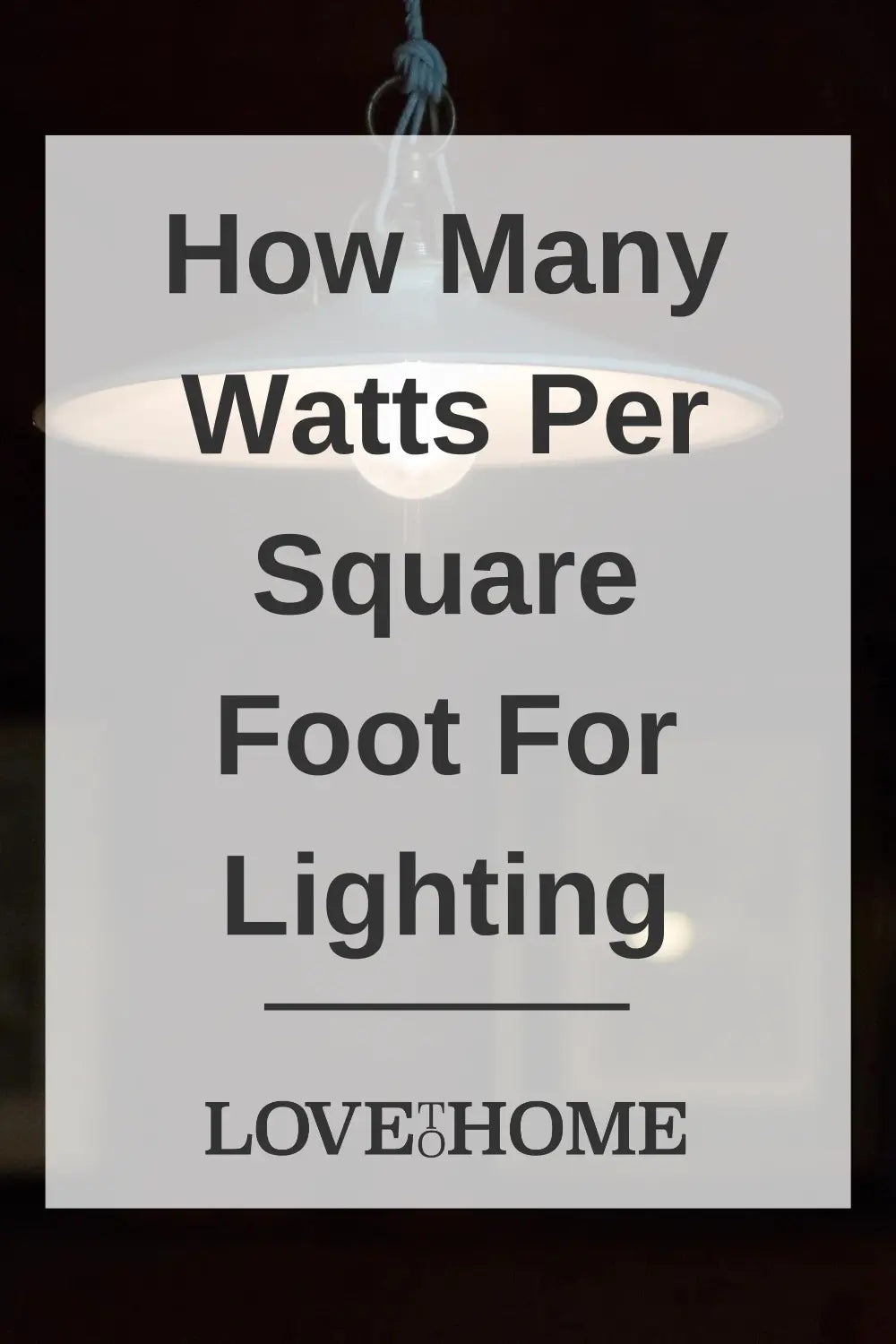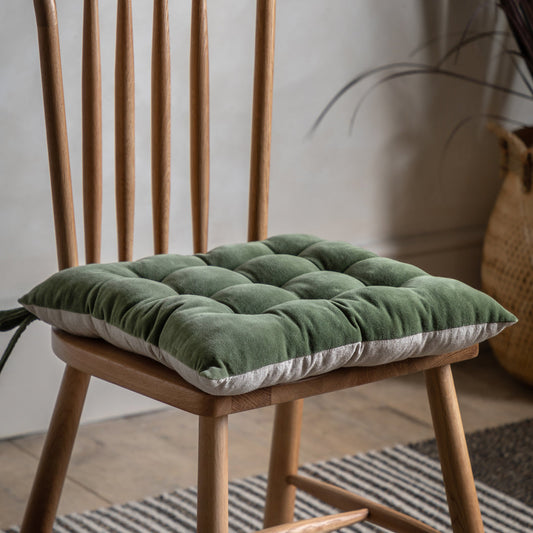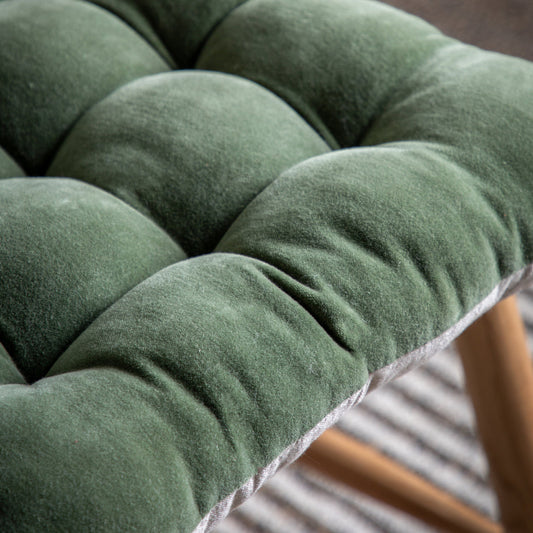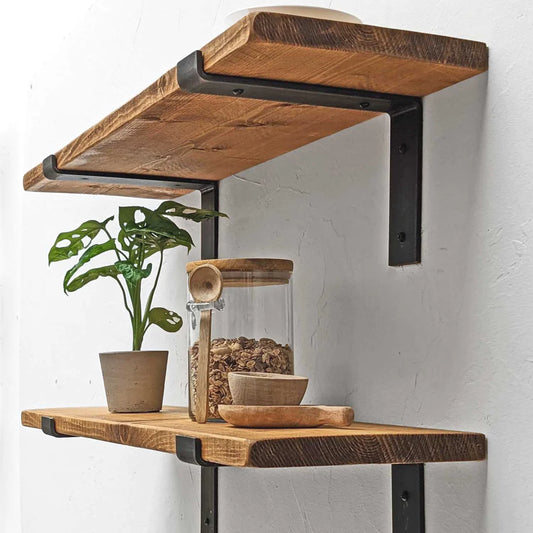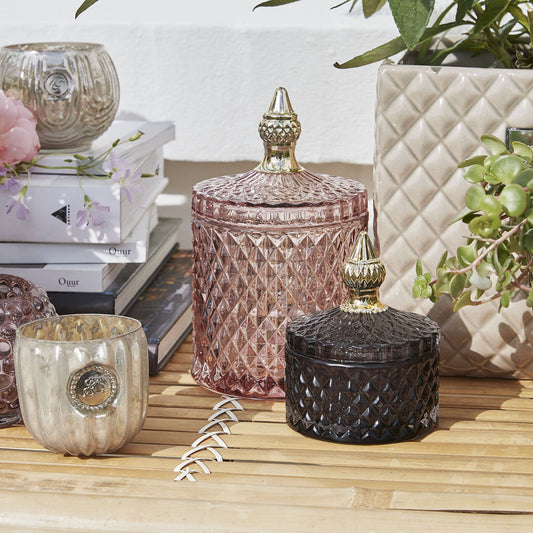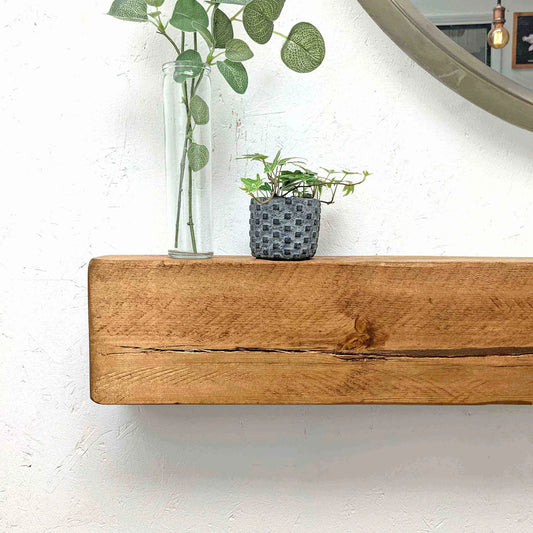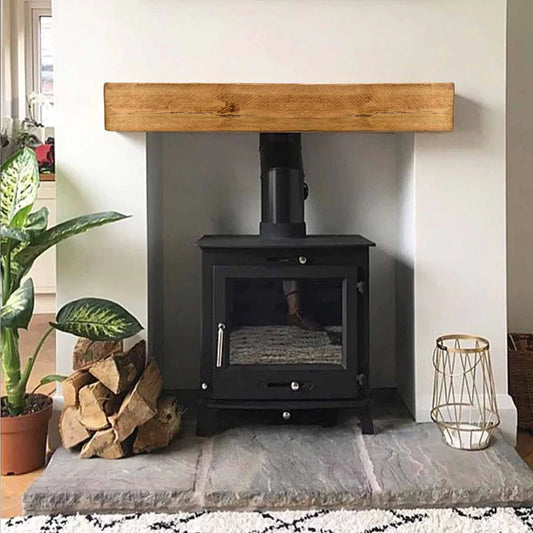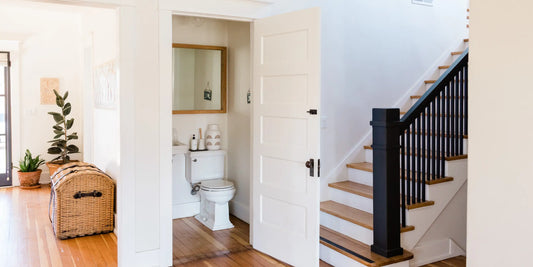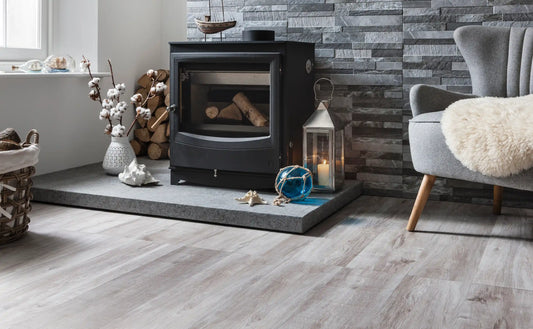Please note: This article may contain affiliate links. All recommendations and styling advice are provided as helpful suggestions only, please always research thoroughly before making any major changes to your home.
It's no secret that lighting plays a major role in both residential and commercial properties, as it is necessary for setting the desired atmosphere, promoting safety measures and more.
But have you ever wondered exactly how much wattage per square foot should be used in each area?
Well, rest assured because this article will provide all of the information needed to determine optimal watts per square foot level based on different types of lights suited for various spaces! We’ll discuss factors like the nature of the room and other considerations so that you are able to make educated decisions when choosing your lighting sources.
Intro to Watts Per Square Foot Lighting
Illuminating a space correctly requires the perfect balance of wattage; not too much, and definitely not too little! Calculating watts per square foot can be daunting to figure out, but this article will break it down for you.
We'll cover which types of lights are most suitable for each area, helping you make an informed decision when selecting light fixtures and ultimately reducing energy consumption in the process.
Let's dive right in - let's find that lighting perfection!
1. How to Calculate the Watts per Square Foot Lighting for Your Room
To accurately ascertain the watts per square foot for lighting any room, you first need to measure its area. You can do this easily by totalling up each wall's length and width before multiplying it with the height of your space. Having evaluation its dimensions, you then gain an understanding on how many watt hours are essential in that specific environment.
Illumination is a pivotal element of any living or professional space. As it can not only help create an ambience but also ensure safety, mastering the amount of wattage per square foot for your area might be daunting.
This article will break down how to calculate the exact watts and what type of lighting works best in various surroundings depending on factors such as room size and other considerations.
Don't let tricky calculations keep you from getting that perfect illumination - utilise this guide to achieve optimal outcomes!
For general lighting purposes, a minimum of 30 watts per square foot is the general rule of thumb. This means that if your room is 1000 square feet, then you would need a minimum of 30,000 watts of lighting. If you are looking for optimal lighting, then a minimum of 50 watts per square foot is recommended.
2. What Types of Lights are Best Suited for Each Space
When constructing the perfect lighting for a room, there are various elements to consider—and one of them is undoubtedly which type of lights are best suited.
From accent lights to task lighting and mood lighting, each form has its own merits and drawbacks that will ultimately create an inviting atmosphere in any room. In general, four main types of illumination exist:
- LED (light emitting diode)
- Incandescent
- HID (High-Intensity Discharge)
- Fluorescent lights
LED lights
LED lights are the most reliable and power-saving choice for your home or business. These energy-efficient bulbs not only save you money on electricity bills but also come in a variety of stunning colours to fit any type of lighting design.
Plus, they have an outstanding lifespan compared to traditional incandescent bulbs; some models lasting up to five times longer!
There is no other option that comes close when it comes to choosing the best light source for your needs.
Incandescent lights
Incandescent lights are a classic lighting source that can instantly brighten any room, however, their energy consumption is exceptionally high. Although they may initially seem cost-effective, the long-term expenditure for incandescent lightbulbs makes them less desirable than other types of illumination.
HID lights
HID lights are ideal for illuminating large areas, giving you more light than traditional incandescent bulbs while consuming less energy. This type of lighting is frequently used in facilities such as warehouses and factories, where superior illumination is needed without sacrificing quality.
Fluorescent lights
Fluorescent lights are the ideal choice for most homes and businesses, as they consume less energy than traditional light bulbs while providing a bright, pleasing glow. These versatile fixtures can be used to provide general lighting or task-specific lighting in virtually any space imaginable. They're cost-effective too!
3. Strategies You Can Use To Reduce Your Overall Energy Consumption
Cut your energy costs and promote sustainability by selecting LED lighting fixtures. Not only are these fixtures more efficient than traditional incandescent or HID bulbs, but they also last longer while needing less maintenance! Make the switch to LED today for a brighter future that’s kinder on both your wallet and the planet.
One way to save energy is by installing sensors and dimmers. Sensors can be set up to turn off lights when there's no one in the room or when it gets too bright, while dimmers allow you to adjust how much light is used during different parts of the day - minimising electricity consumption as a result.
To maintain energy efficiency and bright lighting, it is important to routinely check your lights and exchange any burnt-out bulbs. This will not only save you money on utilities down the road but will guarantee that all of your fixtures are providing the highest quality illumination possible.
4. Wrap Up
Ultimately, correct illumination is a must-have in any room. Estimating the amount of wattage needed per square foot can help you guarantee that your space has enough light while remaining energy efficient. By selecting the right type and number of watts per square foot required, you can create an adequately lit setting without spending excessively on electricity bills.
Furthermore, installing sensors and dimmers to decrease unnecessary lighting consumption will contribute even further towards efficiency for extensive savings over time.
Remember the general rule of thumb is a minimum of 30 watts per square foot for general lighting purposes, while 50 watts per square foot is considered optimal for higher levels of illumination.
By leveraging these strategies, you should have no problem finding the optimal equilibrium between lighting and energy conservation for your area.
You may also like to read Lighting: The Complete Guide to Getting it Right or 5 Top Tips for Boosting Natural Light in Your Home
Pin this for later
